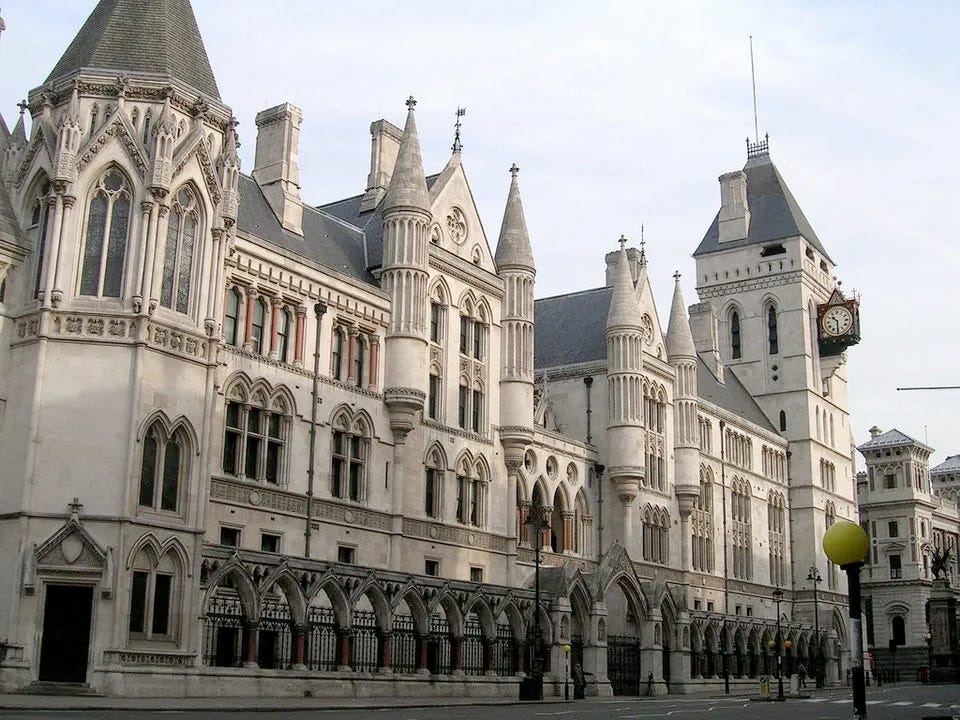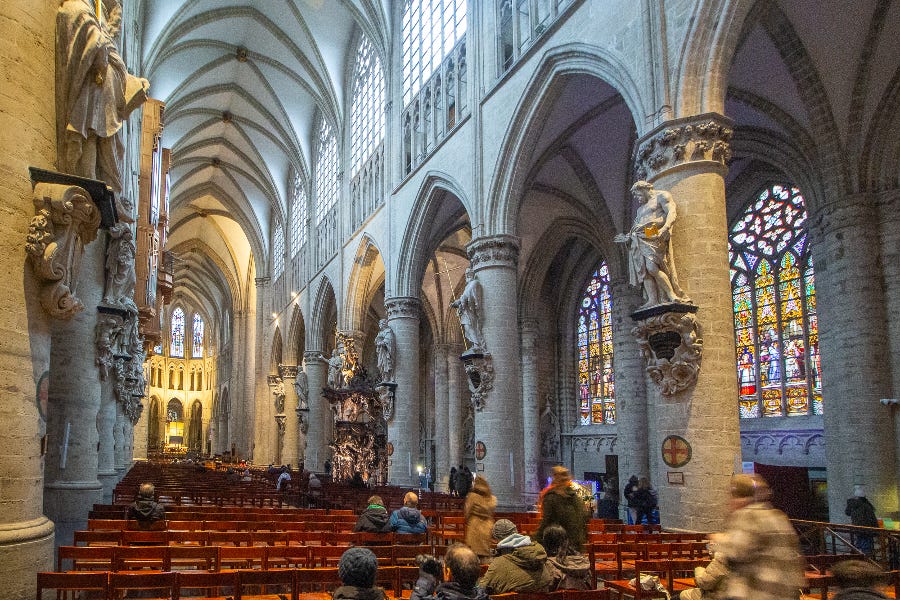Vatican doctrinal chief Cardinal Víctor Manuel Fernández will serve as principal consecrator Saturday at the episcopal ordination of the new leader of the U.K.’s personal ordinariate.
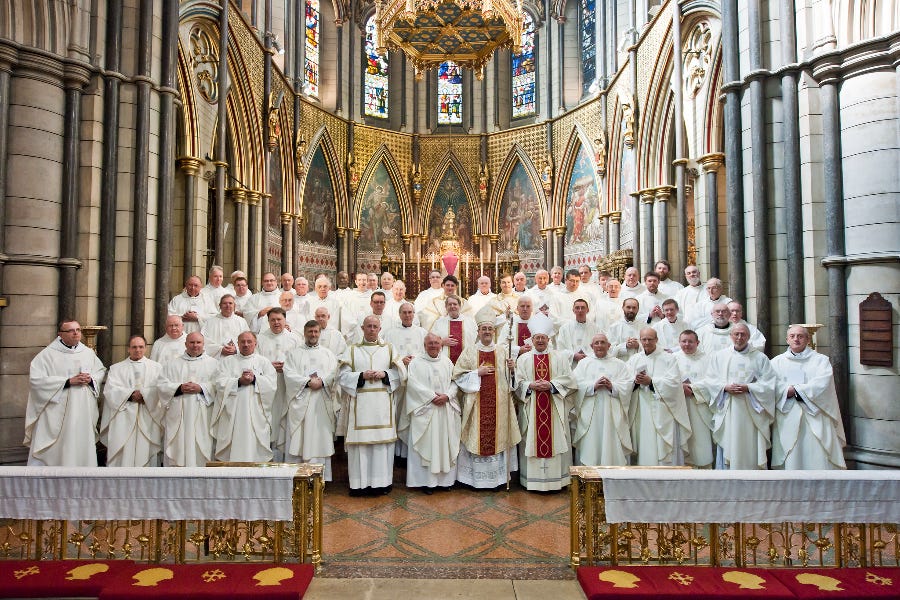
Following the ceremony at Westminster Cathedral in London, Fr. David Waller will be the first bishop to lead the body established in 2011 for groups of former Anglicans in England and Wales entering full communion with Rome.
Waller will take formal possession of the Personal Ordinariate of Our Lady of Walsingham the day after his episcopal ordination, at a June 23 Mass at the Church of Our Lady of the Assumption and St. Gregory, also in London.
What exactly is a personal ordinariate? Why is the Vatican’s doctrinal czar serving as principal consecrator? And what difference will having a bishop make to the Ordinariate of Our Lady of Walsingham?
The Pillar takes a look.
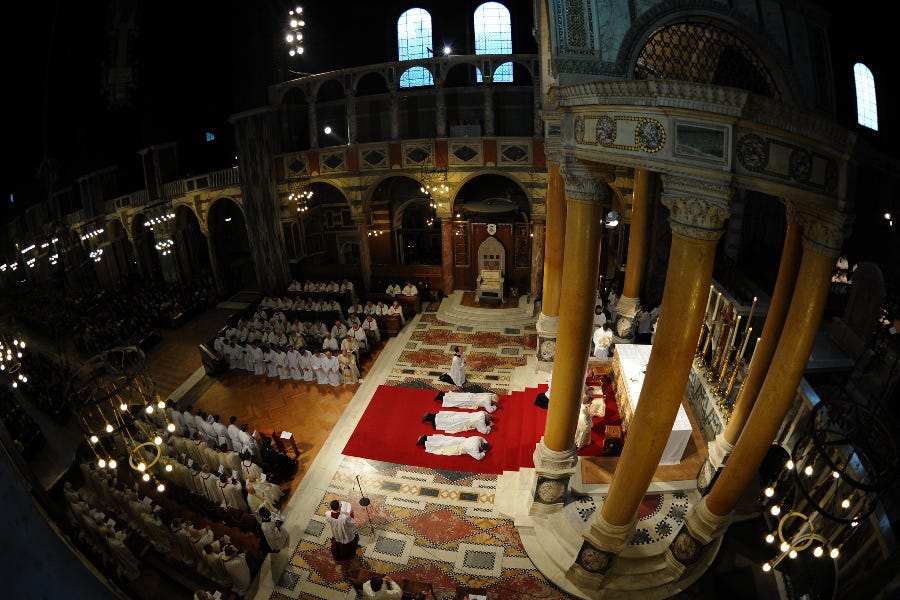
What’s a personal ordinariate?
The worldwide Catholic Church consists of more than 3,000 ecclesiastical jurisdictions. The vast majority are dioceses: sharply defined geographical entities governed by a bishop.
But there are several other kinds of ecclesial structures, often with more exotic names and features, such as apostolic administrations, apostolic vicariates, and territorial prelatures.
Most of those jurisdictions are led by a figure known as an “ordinary.” This term has a specific significance in the Catholic Church that’s not related to its everyday meaning of “common” or “typical.”
Most Catholics will have heard of the term “ordinariate.” In many countries, the ecclesiastical jurisdiction serving the armed forces is known as the military ordinariate. An ordinariate is, as the name suggests, a jurisdiction led by an ordinary, who is not necessarily a bishop.
The ordinary exercises “ordinary power” within his ecclesiastical jurisdiction. This kind of power stems from the office that he holds.
A diocesan bishop exercises a power that is defined as ordinary, related to his office; proper, exercised in his own name, not on another’s behalf; and immediate, extending to everyone on the territory he oversees.
Like a diocese, the Personal Ordinariate of Our Lady of Walsingham is governed by an ordinary. But he exercises power in a different way to a diocesan bishop.
As the U.K. ordinariate’s website explains, “the power exercised by the Ordinary of the Personal Ordinariate of Our Lady of Walsingham is ordinary (related to the specific office entrusted to him), vicarious (exercised in the name of the Roman Pontiff), and personal authority (directed to all who belong to the Ordinariate).”
So, the term “personal ordinariate” is inspired by two of the three characteristics of the power exercised by its leader: that it’s primarily personal, rather than territorial, and ordinary.
The phrase became common currency after 2009, when Pope Benedict issued the apostolic constitution Anglicanorum coetibus (“Groups of Anglicans”).
The document called for “Personal Ordinariates for Anglicans entering into full communion with the Catholic Church” to be erected by the then Congregation for the Doctrine of the Faith (CDF), “within the confines of the territorial boundaries of a particular conference of bishops in consultation with that same conference.”
Countless Anglicans had, of course, entered the Catholic Church before 2009. But they did so as individuals, essentially leaving behind their Anglican patrimony. The novelty of Anglicanorum coetibus was, as its title suggested, that it provided a structure within the Catholic Church for groups of former Anglicans who wished to preserve elements of their heritage.
Significantly, the document said that personal ordinariates could “celebrate the Holy Eucharist and the other Sacraments, the Liturgy of the Hours and other liturgical celebrations according to the liturgical books proper to the Anglican tradition, which have been approved by the Holy See.”
This allowance was made “to maintain the liturgical, spiritual and pastoral traditions of the Anglican Communion within the Catholic Church, as a precious gift nourishing the faith of the members of the Ordinariate and as a treasure to be shared.”
In 2011, the CDF erected a personal ordinariate for former Anglicans entering into full communion with Rome within the Bishops’ Conference of England and Wales. The new jurisdiction was named in honor of Our Lady of Walsingham, a title associated with an English village where an apparition of the Virgin Mary was reported in 1061. Walsingham, in the county of Norfolk, contains both a Catholic and Anglican shrine.
The personal ordinariate was also placed under the patronage of St. John Henry Newman, the seminal 19th-century theologian who converted from Anglicanism to Catholicism.
Two other personal ordinariates followed in 2012: the Personal Ordinariate of the Chair of St. Peter, for the U.S. and Canada, and the Personal Ordinariate of Our Lady of the Southern Cross, for Australia and Japan.
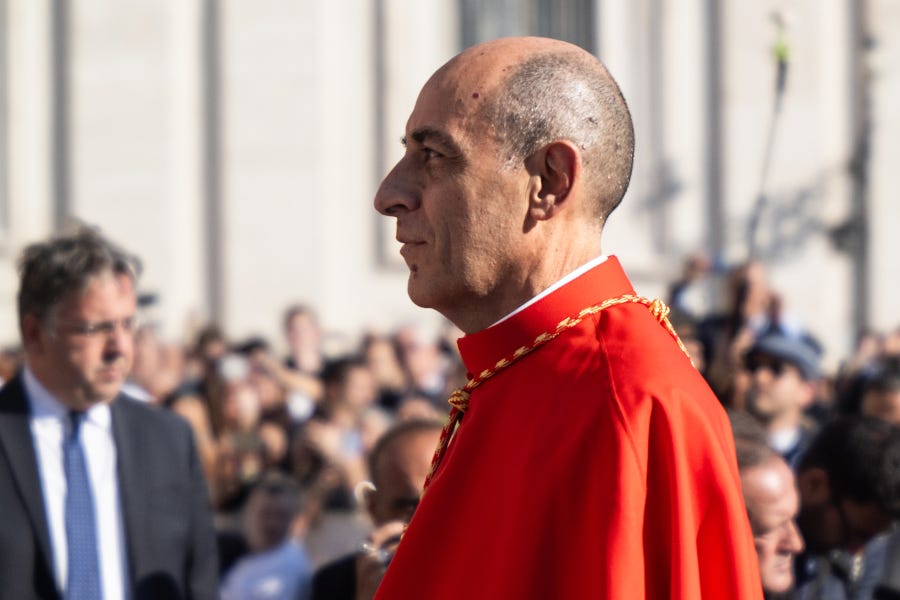
Why is Cardinal Fernández the principal consecrator?
Some were puzzled when it was announced that Cardinal Víctor Manuel Fernández would serve as principal consecrator at this Saturday’s episcopal ordination.
But it’s appropriate, as the doctrinal department he has led since 2023 played a critical role in the establishment of personal ordinariates, which remain subject to the dicastery, according to Anglicanorum coetibus, as well as to “the other dicasteries of the Roman Curia in accordance with their competencies.”
The then Vatican doctrinal chief Cardinal Gerhard Müller was the principal consecrator at the 2016 episcopal ordination of Bishop Steven Lopes, the head of the Personal Ordinariate of the Chair of St. Peter. Lopes became the first bishop to lead a personal ordinariate.
So the ceremony on June 22, the feast of Sts. John Fisher and Thomas More, is following precedent by having Fernández as the principal consecrator.
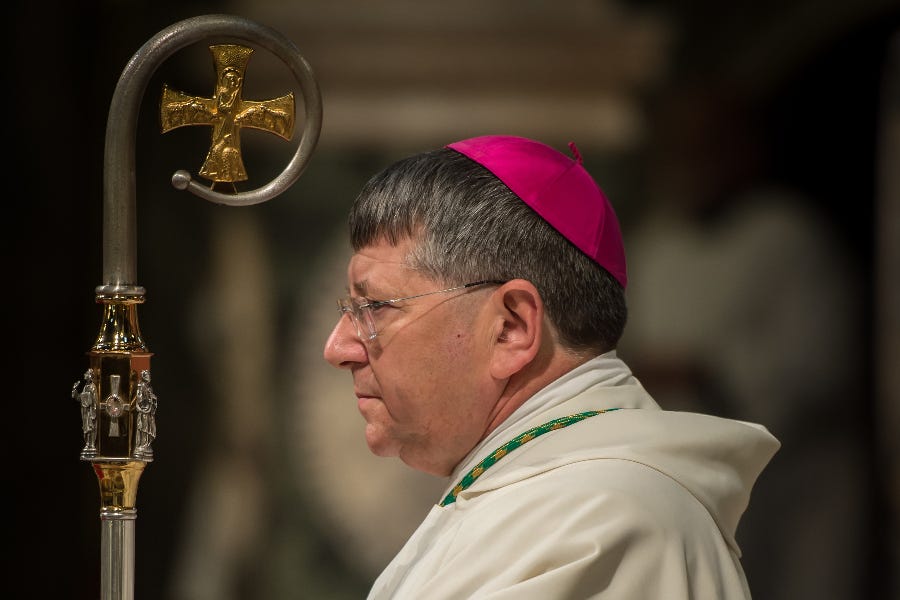
What difference will having a bishop make?
Following its creation in 2011, the Personal Ordinariate of Our Lady of Walsingham was led by Msgr. Keith Newton, who was appointed ordinary by Benedict XVI.
Newton, a married man with three children, had served as the Anglican Bishop of Richborough from 2002 to 2010. He was ordained to the Catholic priesthood in 2011 but could not be consecrated a bishop as he was married.
Given that his authority was similar to that of a bishop, he was permitted to use episcopal insignia. At liturgical celebrations, he wore a miter and carried a crosier. He was also an ex officio member of the English and Welsh bishops’ conference. But he could not carry out sacramental episcopal functions — like ordaining men to the priesthood.
Drawing from Anglican patrimony, the ordinary oversees the personal ordinariate in conjunction with a deliberative governing council, composed of priests and exercising significant powers, which exceed those of a typical diocesan presbyteral council. For example, the ordinary needs to secure the governing council’s agreement to admit a candidate to Holy Orders.
The governing council also has an important role in leadership changes. It can present the pope with a terna, or list of three candidates, when there is a vacancy for the role of ordinary.
The Personal Ordinariate of Our Lady of Walsingham is notably small in comparison with most dioceses. It has around 2,000 members, but a comparatively large number of priests (roughly 100).
So what difference does it make if the head of the personal ordinariate is a bishop, rather than a monsignor?
The main one is that a bishop can ordain men to the priesthood for the personal ordinariate, while a monsignor must arrange for a bishop to preside at ordinations.
Ordinariate members also see the appointment of a bishop as a recognition that the ecclesial structure has a secure place within the Catholic Church and is not a mere relic of a previous pontificate or a transitional arrangement.
As Newton put it earlier this month: “Bishop-Elect Waller’s ordination shows the confidence of the Holy See in this important ecumenical project. Not only has it helped well over 100 former Anglican clergy to be ordained to the Catholic priesthood but has enabled some aspects of beautiful Anglican worship to be part of official Catholic rites.”
“His ordination shows the Ordinariate, though small, is a permanent part of the life of the Catholic Church in England and Wales.”

